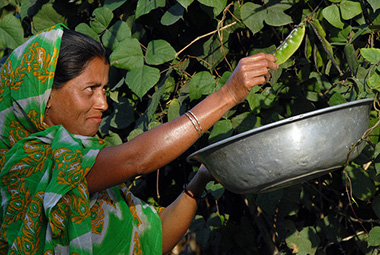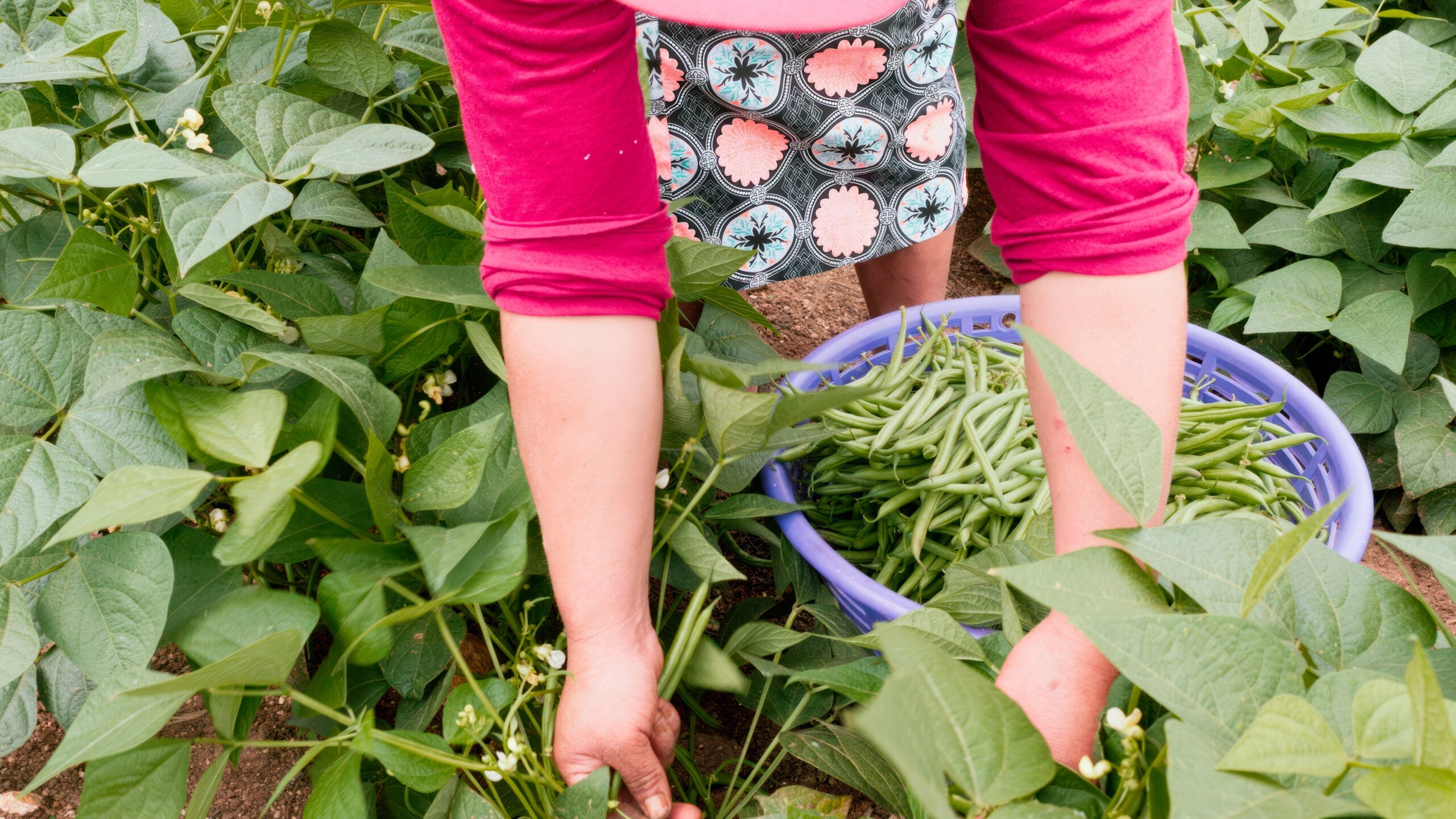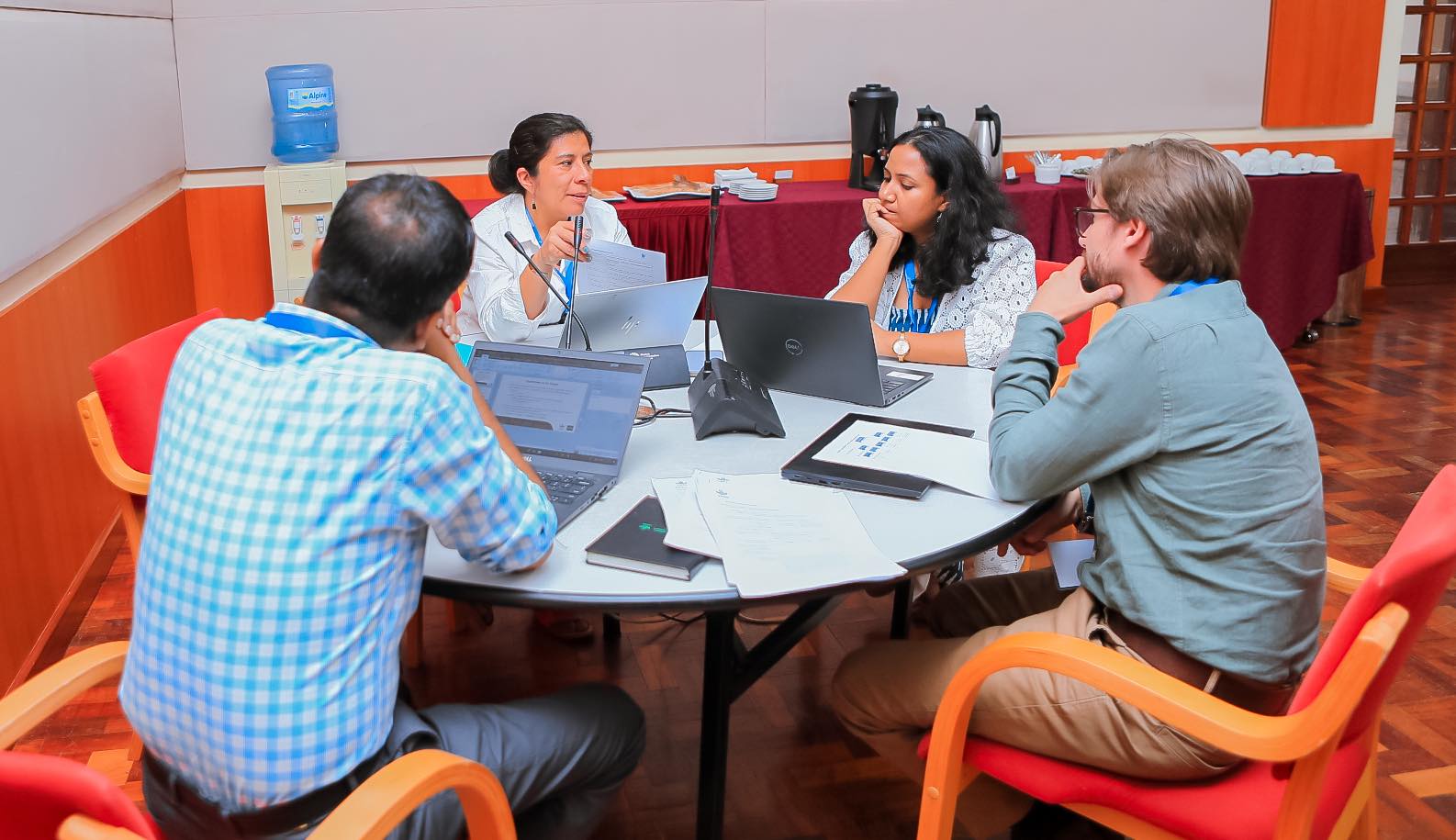I came to food policy through a somewhat unusual route: I started out as a veterinarian and then began doing epidemiology. A lot of my research has looked at infectious diseases that move between animals and people, so I find it exciting to think about the role of agriculture in health issues.
Most of our health systems are set up to respond to problems, whereas agriculture can be part of a prevention approach. In the history of public health, sectors outside of health—like water, sanitation, and food safety—have often done the most to prevent disease and improve health. So I’m convinced there’s a crucial role for agriculture in nutrition and health.
But our ideas about this role are changing. A decade or two ago, there was a general idea that simply making food available to people would improve their nutrition. Unfortunately, the research has shown that it’s much more complicated than that.
All agree that a primary role of agriculture is improving the availability and accessibility of foods for better-quality, more diverse diets. Most poor people are eating just two or three different food groups. We need to add a few types of foods to their diet to make it diverse enough to be nutritionally adequate. Just getting people to eat more vegetables, making sure kids drink more milk—these kinds of changes would make a huge difference.
The challenge comes in translating that need into agricultural policies and investments. How should countries invest in agriculture to get those missing pieces of the diet in there?
A change in perspective is critical—moving beyond a focus on primary agricultural production and toward a view of the whole food system. In low-income, agrarian countries, an obvious starting place is to invest in more efficient ways of supplying nutritious foods such as milk, fish, and vegetables to households, whether through their own production or through markets. With economic growth and urbanization, agrifood systems get more complex, and investments beyond the farm, such as storage facilities and cold chains, will become more important. This means that countries need to think more systematically about what happens between the farmer and the consumer. So far, this kind of thinking hasn’t really taken hold.
Research has also shown that contributions from multiple sectors are required to improve health and nutrition. Improved diets are necessary, but so are social development programs, water and sanitation, and efforts to empower women and improve gender relations. Getting these sectors to commit to contributing to nutrition—and to working together—is crucial. They all have different cultures, different “languages,” and different ways of thinking, so we need to find ways to help them talk to each other, plan together, and evaluate together.
In the past few years IFPRI and its Agriculture for Nutrition and Health (A4NH) program have done a lot to change thinking about these issues, moving from the food, health, and care components of nutrition that UNICEF successfully introduced 25 years ago to the pathways through which agriculture can improve nutrition. Work done by IFPRI’s project Tackling the Agriculture-Nutrition Disconnect in India (TANDI)—showing the importance of pathways involving income, food, and gender—has helped us develop tools and approaches that have greatly influenced nutrition actions, internationally and nationally.
However, we must accelerate support to countries. As with most other development issues, improving nutrition is something that only countries can really solve. Countries are the ones that understand the context and have the capacity to decide what will work for them. But, even though many countries support the idea of maximizing agriculture’s contribution to nutrition, some are a bit overwhelmed with the development agenda. They are struggling with many different demands: they’re trying to improve primary agricultural production, they’ve got to set up functioning markets and think about links to the private sector, they need to find ways to employ large numbers of youth.
Here is where IFPRI, with its growing presence in many countries, plays a useful role—by providing evidence to help these countries work through their options, prioritize, and simplify. In some cases, for example, the same policies can achieve multiple goals. By clarifying these and other opportunities, we can support countries, enable them, and help them systematically learn and improve.
Leveraging agriculture for better nutrition and health can make a real difference for poor people. I like thinking about human capability as a development outcome. Poor nutrition and health are things that make people poor and keep them poor. They have effects for people now and for generations to come. When we channel agriculture and other sectors toward actions that make people healthier and better nourished, we do a great deal to lift people’s capabilities and ultimately improve their lives in a lasting way.







